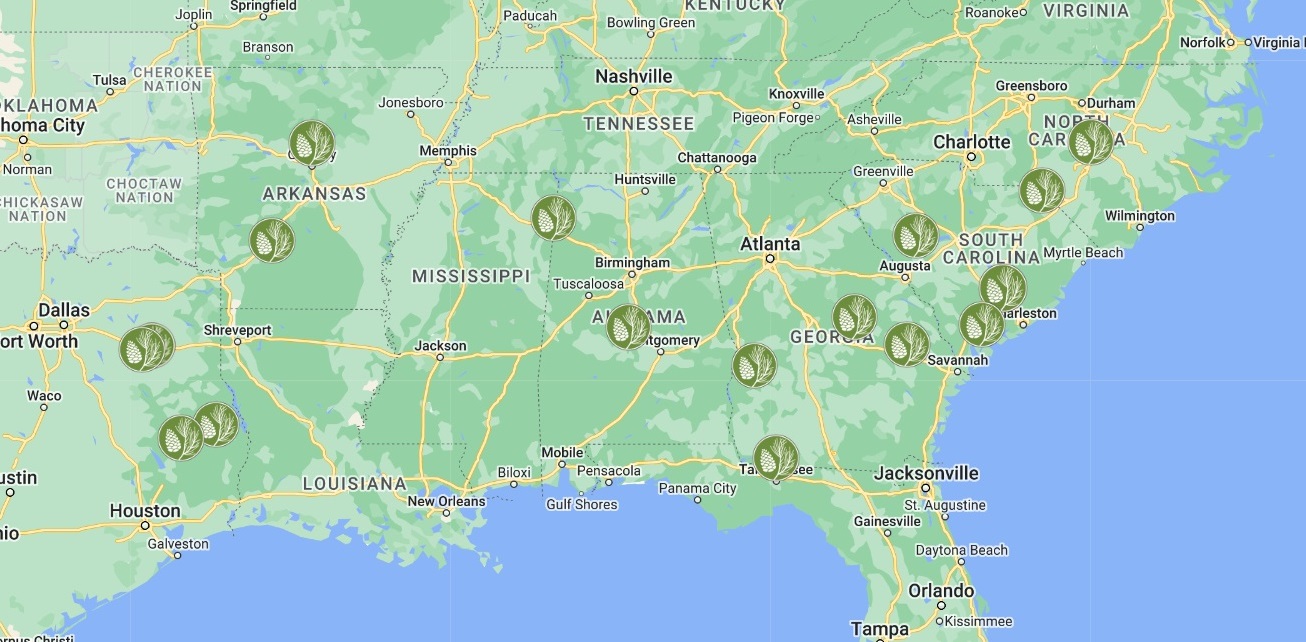
Authored by Paul Jeffreys, Ph.D.
Paul is the ArborGen Reforestation Advisor for Alabama and Mississippi. He is also the Manager of Special Projects and Sustainability.
You would have to live under a rock if you are a timberland owner and have not heard about greenhouse gases and climate change. As a landowner myself, I hear these buzzwords on the airwaves and at meetings, and sometimes I just wonder, “How does this impact me?” or “How can I capitalize on this opportunity?”
Carbon is one of the elements included in the group of greenhouse gases and the one on which timberland owners can have an impact. Research has shown that capturing carbon in forests can help slow carbon buildup in the atmosphere.
As forest landowners, when we plant seedlings on our property, we are planting little factories that remove carbon from the atmosphere and convert it into stored carbon. In other words, we’re planting many little carbon “sequestrators” or factories, improving our air and the environment. This carbon is measured by metric tons of carbon dioxide equivalent or an offset/credit. These offsets/credits have value and can be sold by the landowner.

Landowners can participate in these markets but must show that they defer harvest for a period. Thus, they agree to maintain the carbon stored throughout the agreement’s life. As with all forest management, it is advised to work with a professional forester to learn about the details. Always ensure the guidelines match your management objectives and practice sustainable forestry.
Multiple states and the federal government now have programs or are developing programs that will assist landowners with the expense of replanting these little carbon factories on their private lands. These programs vary in their guidelines, so a landowner should contact the state NRCS office where their property is located. There are private companies that will pay carbon credits to landowners who plant and maintain a sustainable tree stand.












